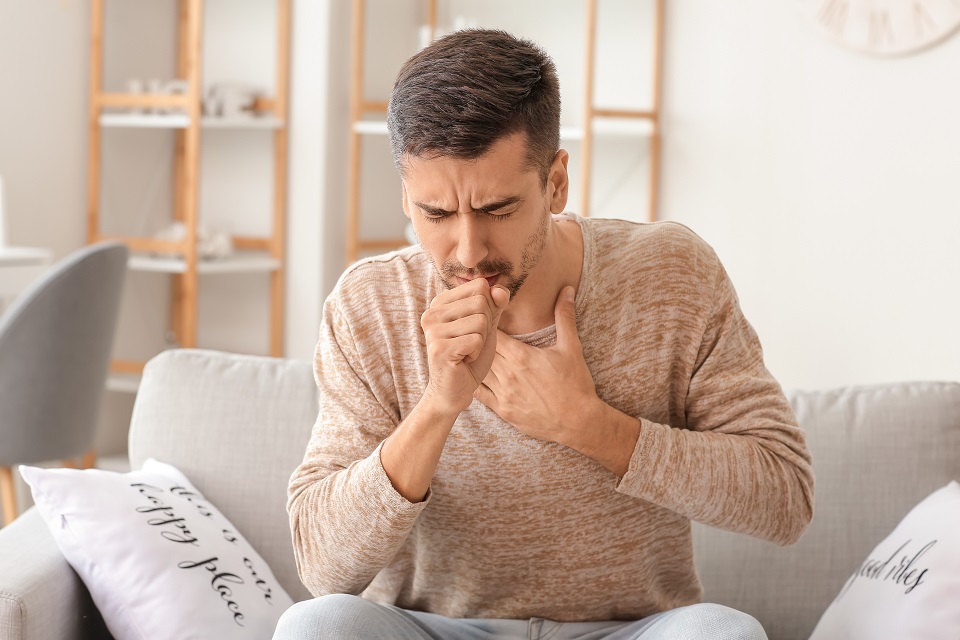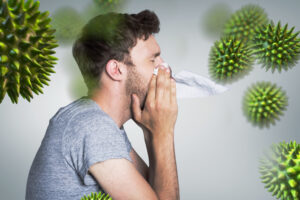
Similar symptoms
According to the World Health Organization, what we know about the symptoms given by the Omicron variant is also a piece of good news. The symptoms do not indicate that they are any different from the ones previous to this strain and they are similar (together with the possibility of someone infected not exhibiting any outsight symptoms despite having contracted the virus). These may include chills or fever, cough, fatigue, trouble breathing, headaches, muscle aches, loss of taste or smell, nausea, vomiting, a sore throat, or diarrhea.
Most effective prevention
Despite everyone looking at what Omicron is doing around the world, some people have forgotten that the Delta variant is still roaming around our communities. Ignoring an aggressive variant because a new one that spreads fast is around is not a good way to go. So we have to make sure we are preventing our loved ones and ourselves from getting the COVID-19 virus altogether.
The best preventive method remains vaccination with the current CDC approved vaccines. Every person that is vaccinated helps reduce the risk that the variant will mutate further. So if you have the possibility and are not vaccinated, look for the closest vaccination center and get yourself and your close ones another layer of protection.
Other types of prevention
If you are wondering what other types of prevention there are or are still skeptical of the vaccine, rest assured that there are other ways to make sure you are indeed safe. With how the virus has proven to be unpredictable, all specialists have said that all the things that were said at the start of the pandemic still stand when it comes to protecting ourselves.
Vaccination may be the key against getting a really bad reaction to the virus if you do happen to contract it. The CDC continues to advise everyone to wear a mask indoors(even outside if you happen to be in a crowded area), to wash your hands frequently or use an alcohol based hand sanitizer if you cannot wash your hands, and to make sure you respect social distancing. These are the best ways to make sure you reduce the chances of getting infected (or reinfected) with the Omicron or other different strains of COVID-19.
Covid-19 may continue to change in unanticipated ways, but Dr. Long says that the things we can do to protect ourselves remain the same.



























































